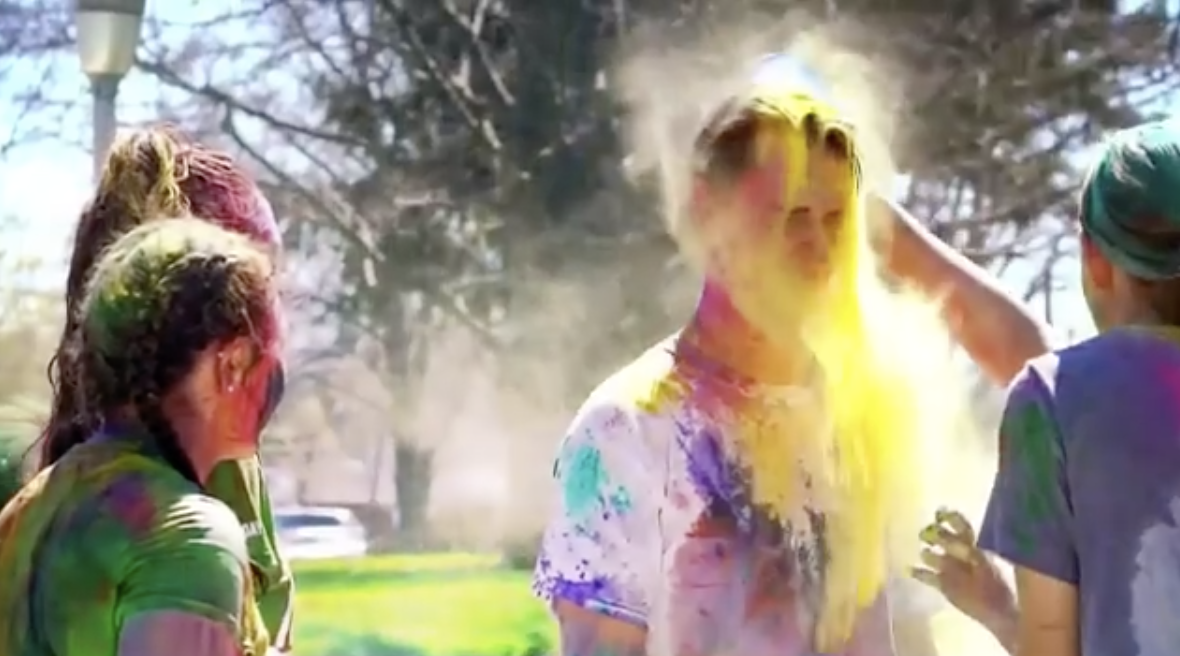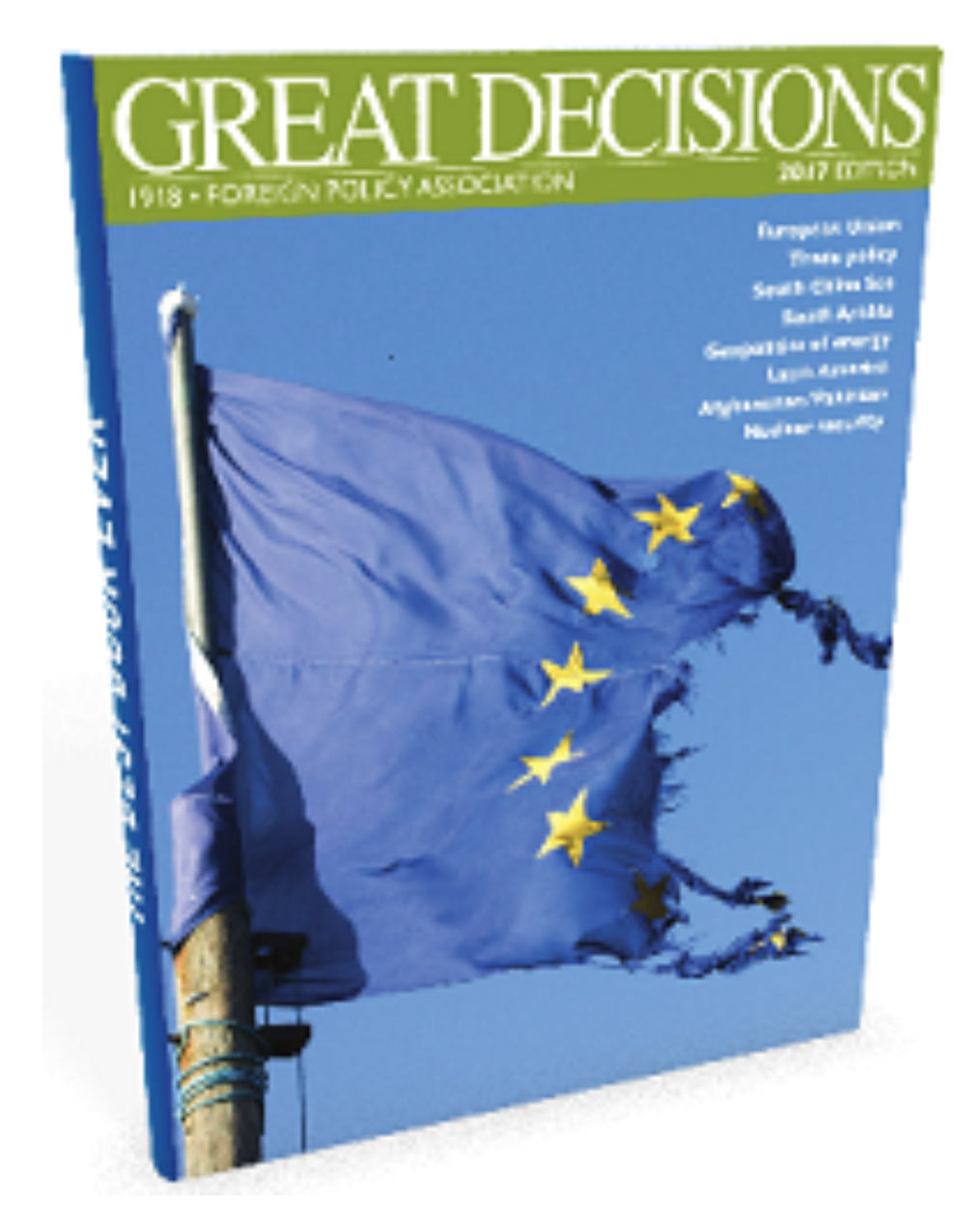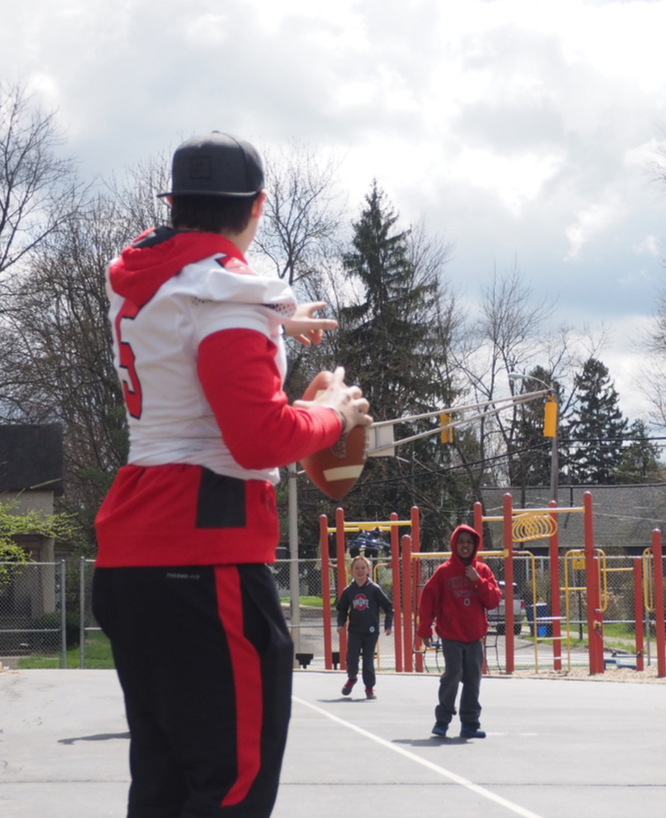By Gabe Linderman, Transcript Correspondent
Colored powder stained the grass in front of Welch Lawn Saturday afternoon, following a celebration of Holi, the Indian festival of colors.
SANGAM, Ohio Wesleyan University’s student run south Asian club, hosted the celebration that included catered Indian food, color powder and water balloons.
Throughout the hours long celebration, as Bollywood music blasted in the background, students from all across campus came to enjoy in the festivities. Bags of color powder lay in the warm spring sun, ready for students to toss, students filled water balloons outside of Thomson Hall and organizers kept a small table well stocked with Indian cuisine. Some students came and went, only enjoying the festivities in passing, while others stayed for hours on end laughing with one another.
“My friends dragged me out here but it was totally worth it,” junior Corrine Race, said, color covering every part of her hair and face.
Holi, an ancient Hindu holiday, is a celebration of the arrival of spring. It traditionally signifies the triumph of good over evil and the end of winter. Holi acts as a time to celebrate culture and community. Celebrated widely in India and Nepal, Holi celebrations have recently spread far and wide, even becoming common place in the United States, according to the Independent.
SANGAM has been on campus consistently for seven years and it’s been hosting a Holi celebration since its founding, said Annapuna Pakrasi, the president of SANGAM. The club also hosts an annual celebration of Diwali, the Hindu celebration of light, Pakrasi said.
After WCSA only approved 50% of the requested supplemental budget for the event, Pakrasi and the rest of SANGAM decided to find recipes themselves and ask Chartwells to cater the event. To raise the necessary funds, SANGAM went door to door asking for donations of food points.
Their efforts paid off and the event entertained more than 50 students. Dancing to music, students tossed colors at each other, smearing streaks of red, purple, green and yellow across each other’s faces. The smell of fresh samosas filled the air as water balloons flew every which way.
The event even drew a handful of interested Delaware residents, curious about the excitement.
Passersby had to duck and dodge away from eager, giggling participants loaded with color powder in one hand and water balloons in the other.
“It’s fun to come out here and celebrate and just act kind of like a little kid during such a stressful time of the year,” said senior Brenda Gonzalez.


